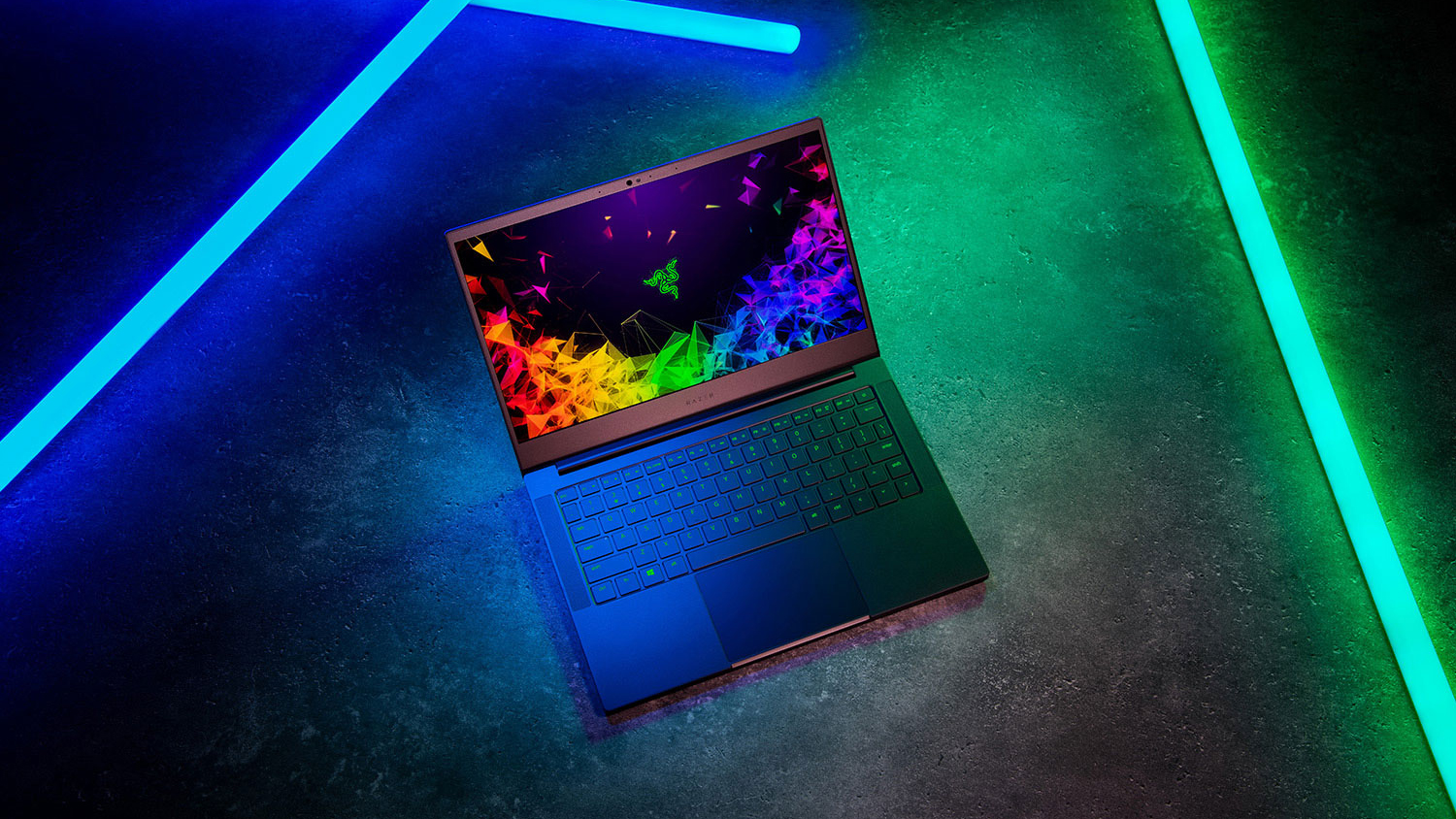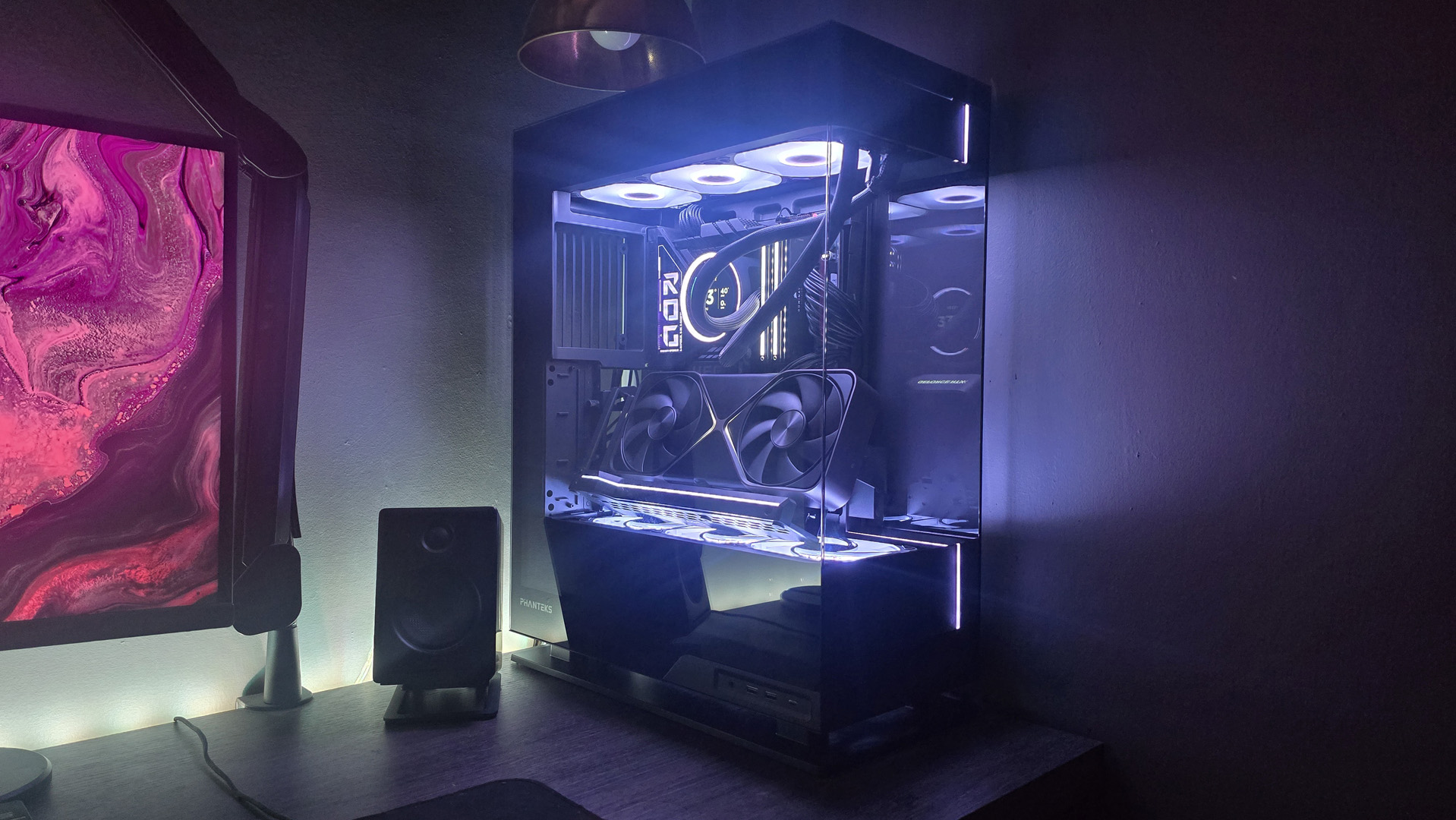Our Verdict
Though it never quite lives up to its idealistic "gaming ultrabook" claims, the Razer Blade Stealth 13 presents a multitude of significant upgrades over its predecessor.
For
- Remarkable build quality
- Dolby Atmos on the house
- Gorgeous screen and high fidelity sound
- Still-unmatched Windows touchpad
Against
- Victim of the dreaded Razer tax
- Poor gaming performance
PC Gamer's got your back
In retrospect, the Razer Blade Stealth 13 was never one of the best gaming laptops. First introduced in the early half of 2016, the San Francisco-based company's most portable laptop is among the most confused offerings in its catalog. Positioned as a "gaming ultrabook," the Razer Blade Stealth series—revised four times since its initial debut—to me, has always been more of an ultrabook than a gaming machine. While thin and light, historically, it lacked the graphical prowess necessary for gaming at high resolutions and frame rates, and with in-game visual settings cranked up, exceeding the bare minimum.
Price: $1,599
Processor: Intel Core i7-8565U
Graphics: Nvidia GeForce MX150 4GB
Memory: 16GB LPDDR3-2,133MHz
Resolution: 13.3" IPS with 60Hz refresh rate (1920x1080)
Storage: 256GB SSD
Battery: 53.1Wh
Connectivity: 1 x Thunderbolt 3 (USB-C), 1 x USB-C 3.1 Gen 2, 2 x USB Type-A 3.1, 3.5mm audio jack
OS: Windows 10 Home 64-bit
Dimensions: 0.58 x 11.99 x 8.27 inches
Weight: 2.89 pounds
Warranty: One year
The common thread tying together every Razer Blade Stealth iteration is its size. Keeping it under two thirds of an inch is no small task, and it's one that severely limits its capacity for running the latest triple-A games, unfettered by the softened appearance of toned-down graphics. In a desperate effort to subvert the widely accepted notion that the Blade Stealth isn't equipped for gaming, Razer has taken it upon itself to reinvent the gaming ultrabook in 2019. Behind us are the days when the word "Stealth" in the name implied a reliance on Intel integrated graphics. Now it's a little beefier, at least on the inside.
Even on the outside, the Razer Blade Stealth 13 is heaps more desirable than it once was. Compared to the Razer Blade 15, whose thin bezels, slender body and airy weight made it the quintessential clamshell for gamers on the go, the Razer Blade Stealth of yesteryear started showing its age just a couple of months after it arrived on store shelves. Its design philosophy was seemingly abandoned, in favor the Blade 15's contemporary approach I prefer to industrial composition.
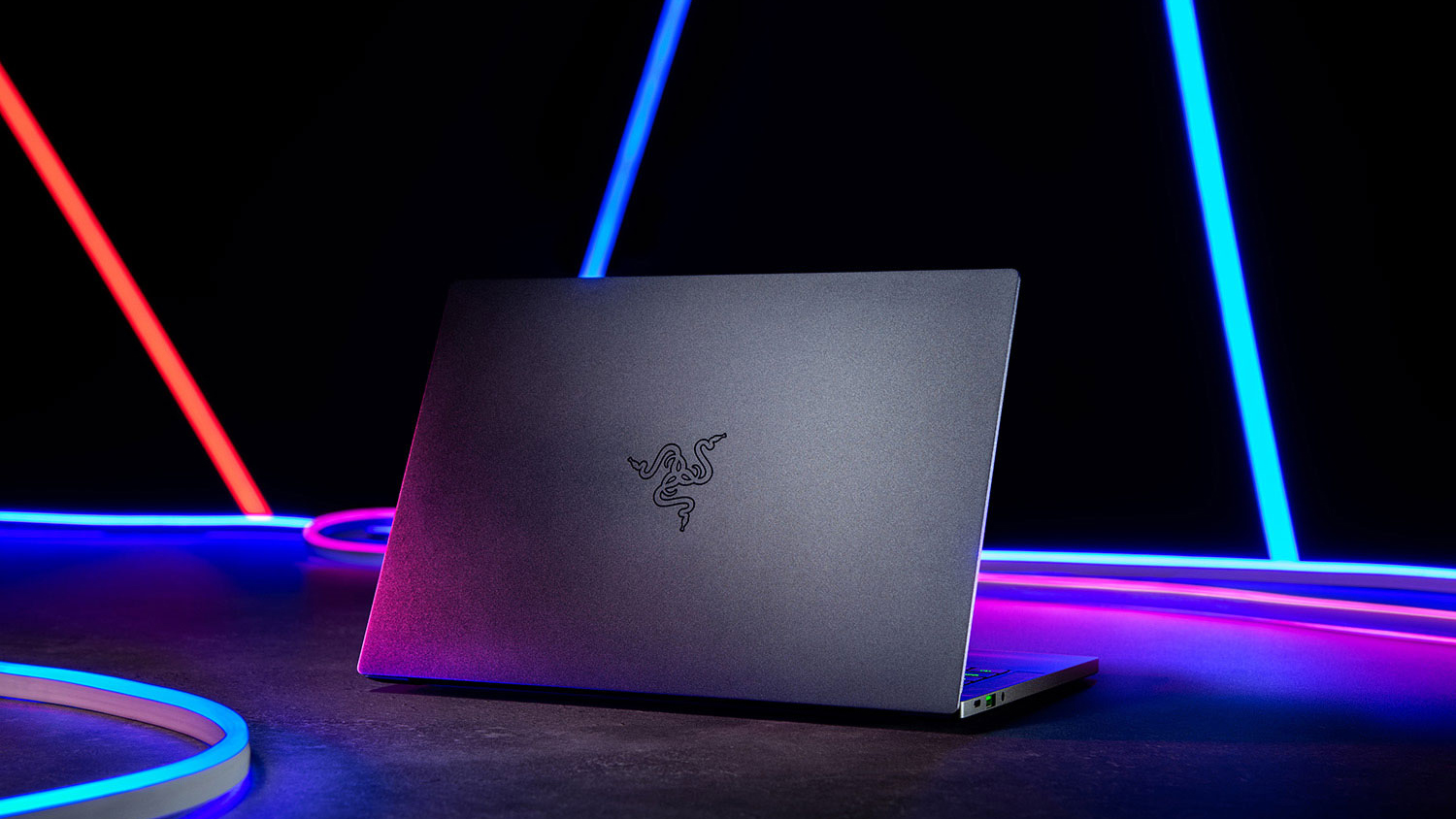
Evidently, the new Razer Blade Stealth shares much of its genetic makeup with the Blade 15. To no surprise, really, considering the Blade 15's nigh-universal praise from critics and consumers alike. First and foremost, its build quality has improved exponentially over its predecessor, as the Razer Blade Stealth takes a page out of the Blade 15's book by adopting its CNC-milled aluminum unibody chassis. However, despite the fact that it's now entirely made of metal, and the screen size remains the same as it was on last year's model, the new Razer Blade Stealth is somehow lighter. Weighing 2.89 pounds, the model I was sent for review is less than 2.5mm lighter than its predecessor, but still lighter nonetheless.
Etched on its lid is the signature tri-serpent logo, which both blesses and plagues the lot of Razer's hardware. In this case, it's a blessing. Perhaps taking a cue from Apple, the Blade Stealth mellows the formerly harsh vibes of its ostentatious green snake emblem by reducing it to a black 'tone-on-tone' stamp. As a result, it's only visible in certain lighting scenarios and from from specific angles. Lower the lid to a 90-degree angle and, immediately before your eyes, its crest begins to vanish.
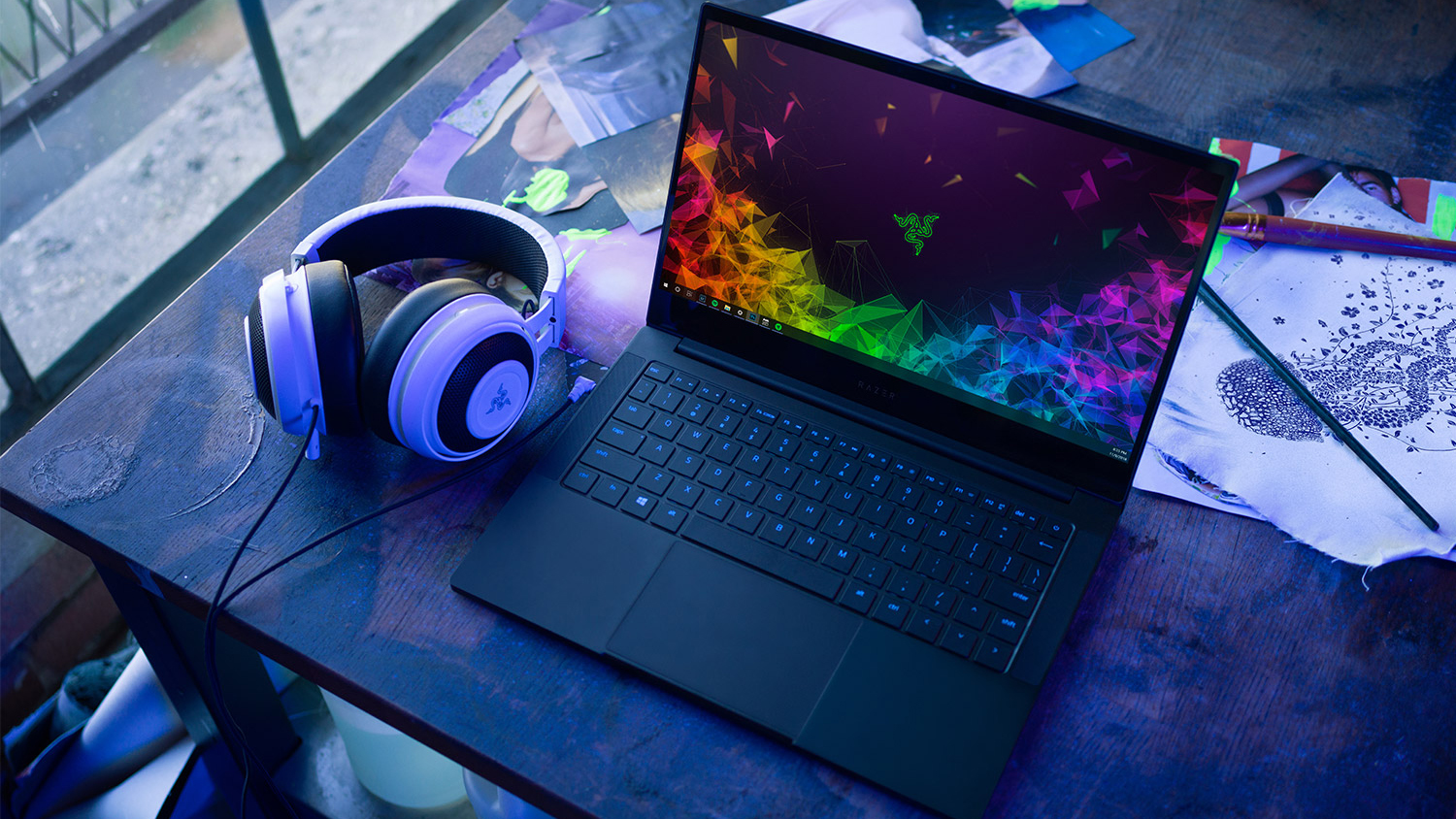
The first thing I noticed when I received the Razer Blade Stealth in all its packaging was its diminutive size. And if the box was small, the notebook itself was in its infancy, measuring just about 15mm thick, 12 inches wide and 8 inches tall. Ever so slightly, it's thicker but also shorter than the MacBook Air I purchased in 2018. As an ultrabook, it's an enticing piece of kit. Planted on the carbon fiber keyboard deck is an island-style keyboard that, again, for an ultrabook, feels both deep and satisfying to type on. Razer devotees will appreciate the incorporation of Chroma (RGB) backlighting while incessantly lamenting the absence of per-key color coding. Nonetheless, beneath its QWERTY keycap arrangement is a Microsoft Precision touchpad rivaling the size and comfort of my MacBook Air's.
To top it all off, the Razer Blade Stealth gets its juice by way of a braided USB-C cable protruding from one end of a compact, 4.5" x 1.5" x 1" power brick. Like father, like son, a three-headed limbless reptile is tattooed on the PSU's shell. Sadly, the removable AC cord on the opposite side of the cage is rubberized, making it susceptible to the teeth and claws of pets or children. That said, the braided USB-C charger is one of my favorite aspects of this notebook, a microcosm of what makes the Blade Stealth so compelling to begin with: an indisputably first-rate build quality.
Whether you opt for the lavish 4K model or one of the more economical 1920x1080 variants, the 13.3-inch IPS display confined within its narrow borders is dazzling, enriched by its 100 percent coverage of the sRGB color space. Factory calibrated to perfection, the matte display on my review unit looks unusually sharp for 1080p screen. Equally impressive is the sound. Emitting from two separate pairs of up-firing speakers, audio is not only crisp, but it's immersive as well. Dolby Atmos, a surround sound emulation technology that normally costs $15 to enable in Windows 10, is included with the Razer Blade Stealth—free of charge.
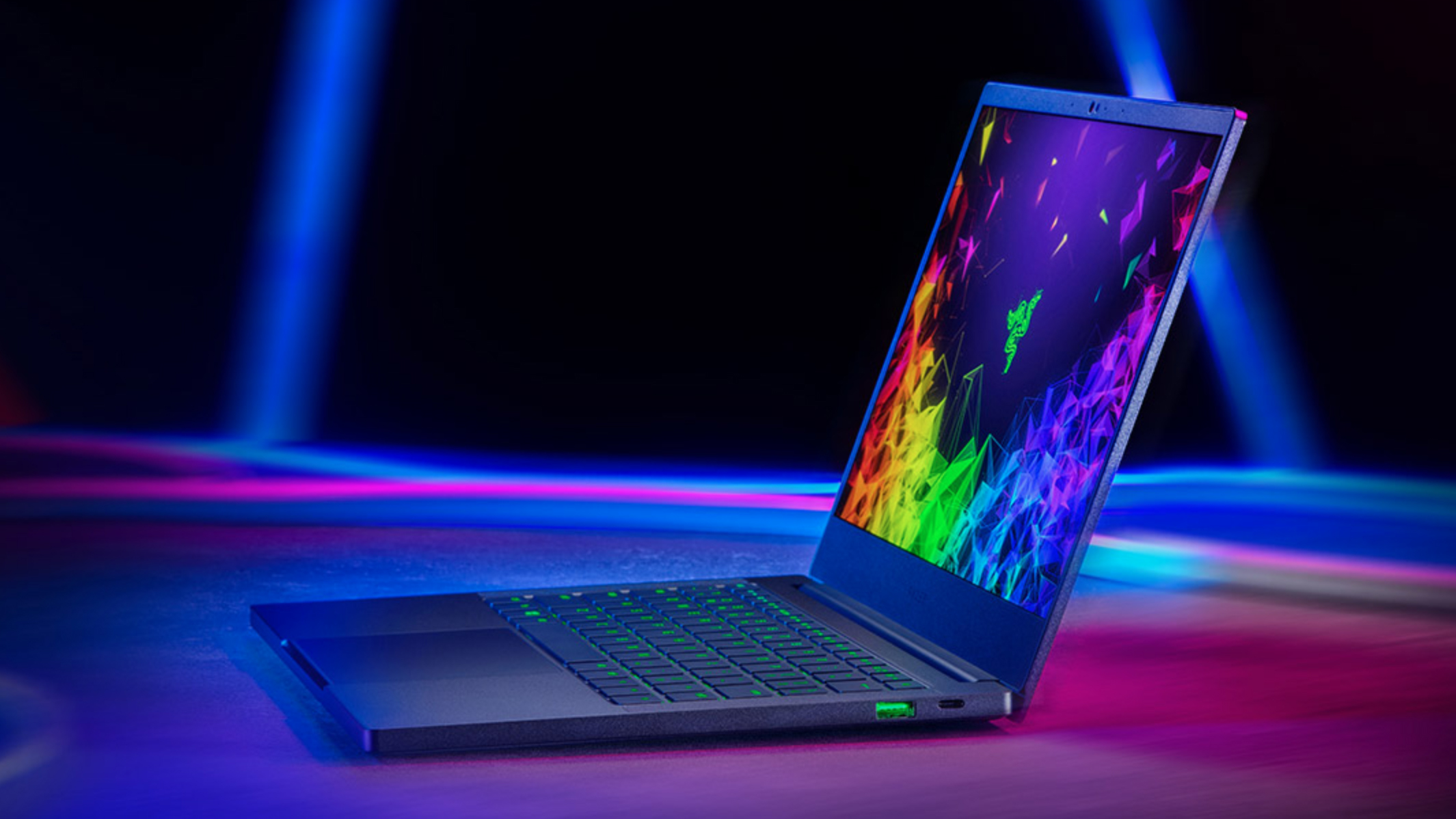
Unfortunately, as it turns out, sticking an Nvidia GPU inside the Razer Blade Stealth doesn't make it a gaming laptop. That's especially the case when the graphics chip in question is a GeForce MX150, the same tech powering such "monstrous" rigs as the $800 Acer Swift 3 and the $600 Lenovo IdeaPad 720s. For reference, the MX150-outfitted Razer Blade Stealth starts at $1,600. Ouch. Granted, you're benefiting from a keyboard, touchpad and overall look and feel all vastly superior to Acer and Lenovo's more affordable options. But, internally, you're still paying twice as much for the same graphics and a marginally better processor.
While the Acer Swift 3 and Lenovo IdeaPad 720s house Intel's 1.6GHz (3.4GHz Turbo Boost speed) "Kaby Lake R" i5-8250U silicon, the Razer Blade Stealth is submerged in Whiskey Lake, the Santa Clara chipmaker's latest attempt at weaving an energy-efficient mobile CPU for ultrabooks. Dubbed the i7-8565U, the processor soldered into the Razer Blade Stealth has the same number of cores and threads as the i5-8250U. It is faster, though, running at a base frequency of 1.8GHz and a maximum Turbo clock speed of 4.6GHz. In Cinebench R15, this led me to a score of 665 points.
Although the Razer Blade Stealth's attenuated design prohibits optimal airflow, under the utmost stress, the CPU never exceeded 80 degrees Celsius. In fact, more often than not, the chip in our unit stayed around 68-70 degrees while running most synthetic benchmark tests. The aluminum chassis, on the other hand, did reach a scalding degree of heat as we simply downloaded a few games on Steam and the Epic Games Store. Ass-backwards as it might seem, it's for that reason I'd advise against playing games on this laptop atop your lap. Not that you'll be playing many games on it anyway.
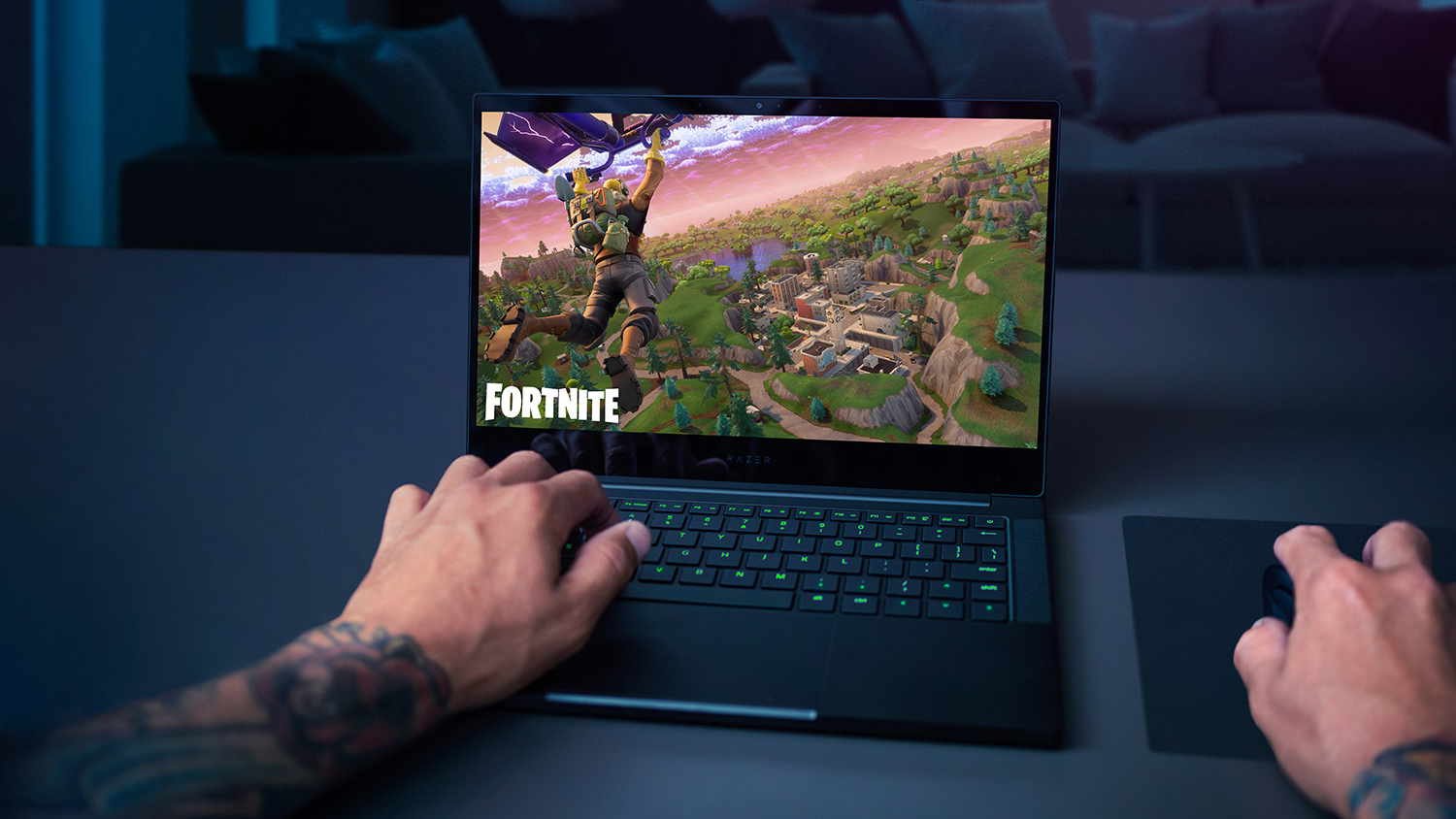
Much as I wanted to believe Razer when it said I could "work faster" and also "game more" on the Blade Stealth than presumably without one, the reality is more complicated. If you're mainly playing older games or indies then, sure, it's qualified for the job. I used it to play the nearly decade-old BioShock 2 at max settings and at 60fps with no stuttering. In the recent-but-stylized Katamari Damacy antithesis Donut County, the "gaming ultrabook" averaged around 40fps at the highest preset. But the narrative changed when I booted up newer triple-A games like Shadow of the Tomb Raider and Ghost Recon: Wildlands. In those titles, the Razer Blade Stealth managed a paltry 9fps and 11fps, respectively, at the Ultra graphics setting.
At the lowest preset, and at 720p, in Shadow of the Tomb Raider, my results remained disappointing. Averaging a mere 14fps, I wouldn't count on bringing an end to any Mayan apocalypses anytime soon on the Razer Blade Stealth. And in Wildlands, the only way to achieve a playable frame rate of roughly 51fps is by taking your settings down, several pegs, to the lowest preset at a resolution of 1280x720. In regard to performance, there is but one silver lining, the battery life. Having lasted 6 hours and 19 minutes streaming Red Bull's 24/7 Twitch broadcast, the Blade Stealth certainly delivers on the ultrabook front, even if it's practically an utter failure in the gaming department.
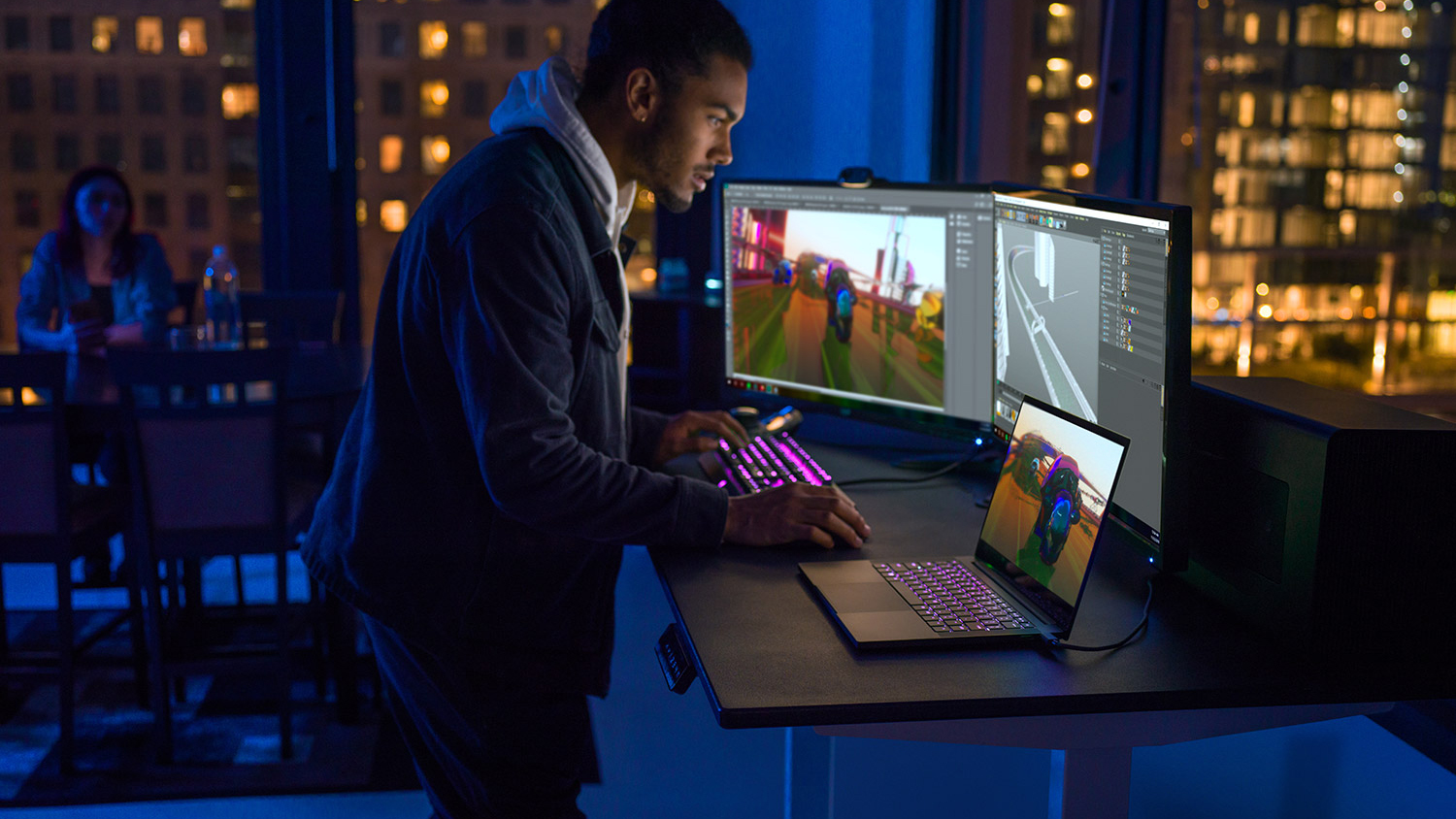
Whether you should outright buy the Razer Blade Stealth depends on a handful of different factors. For one, do you plan on using it to play the latest triple-A blockbusters? We're a week out from Metro: Exodus, and it's obvious that, on its own, this is not the system you want to play it on. To do so, you'd be looking at a minimum of $300 on top of the cost of the Blade Stealth in order to afford a Razer Core X or Core V2 external graphics enclosure. And in that scenario, unless you already have one on file, you'd have to shell out for a brand-new graphics card as well. The need for an onboard discrete GPU is thereby negated.
Admittedly, I don't know who the Razer Blade Stealth is for. Out of the box, it isn't the gaming machine its marketing materials led me to believe. If it's a regular ultrabook, it should be promoted as such. Then again, I can see how that'd be a tough sell coming from Razer, a company whose portfolio doesn't extend much beyond gaming systems and peripherals. Is it for the Twitch streamer whose capture card requires they own a laptop sporting dedicated graphics? I'm grasping at straws trying to find the gaming angle when, in truth, maybe there isn't one. Maybe Razer wanted to make a damn fine ultrabook, and so it did.
At any rate, Razer's messaging could use a tune-up.
Some online stores give us a small cut if you buy something through one of our links. Read our affiliate policy for more info.
Though it never quite lives up to its idealistic "gaming ultrabook" claims, the Razer Blade Stealth 13 presents a multitude of significant upgrades over its predecessor.
